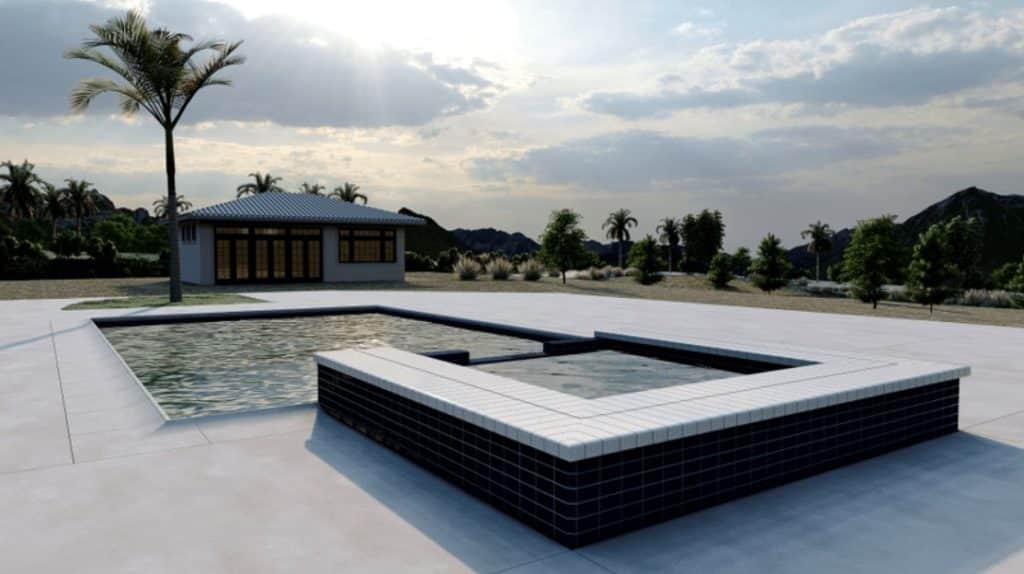Building an Accessory Dwelling Unit in Encinitas? Regulations You Should Keep in Mind

Backyard cottages, in-law units, granny flats, or simply Accessory Dwelling Units (ADUs) are independent residences or additions built on the same main dwelling lot. ADUs are ideal for Airbnb, rental units, in-law apartments, guest suites, and home offices. If you are considering building an ADU in Encinitas, here are the regulations you should keep in mind:
Whether The Property is Eligible for Adding an ADU
In California and particularly Encinitas, development standards determine whether your property is eligible for adding an ADU. Here are local development standards that you should consider:
Density
The number of the allowed dwelling units in a particular property. Ensure that your property falls within the required constraint before building your ADU.
Maximum Height
It refers to the limit of the heights of proposed buildings. To be allowed to construct an ADU, its proposed height must fall within the required limits.
Setbacks
The rule requires the distance between the adjacent property and the proposed detached ADU to be sufficient for the movement of fire safety equipment.
Utility Easement
The regulation prohibits you from building an ADU whether a public utility passes over or under your property.
Additional Parking
Before building your ADU, check whether you are required by law to establish additional parking on your property. If your property meets any of these regulations, you will not be required to provide additional parking for your ADU:
- Your property is located in an architecturally and historically significant location
- Your property is within half a mile from any public transport system
- Your car-share vehicle is within your property block
- Your property is in a region that requires on-street parking, which is not available to ADU occupants
- If your property doesn’t meet any of the above requirements, you may consider creating extra parking slots for your ADU occupants.
Access of Plan Site of The ADU
Safety is an important factor when determining the access of your ADU. ADU occupants should have easy and unobstructed access to the nearby street in case of a fire incident. The location of the ADU should also have a convention walkway to the adjacent streets. Before proposing the construction of an ADU, ensure that your main dwelling has a clutter-free space to the property line.
Privacy in The ADU
The occupant determines the level of privacy in your ADU. If you plan to host your parents or relatives in your ADU, less privacy is required in its design and layout. You are allowed to have a sense of harmony and inclusion by designing the ADU porch or front door to face your main dwelling. However, if you plan to rent your ADU, more privacy is needed. For instance, you will be required to have a side or back entrance to the proposed ADU. With enough shrubbery.
ADU Site Conditions
Before constructing an ADU, you are required to consider the slope of your backyard, the condition of the soil, and the drainage of the rainwater. You’re required to even the slope of your backyard if it is not flat before building an ADU and consider the comfort and mobility of the future occupant. If the soil in your compound is not stable for constructing an extra structure, you will need a soil report to show that you can stabilize the construction site of your ADU.
Utility Connections to The ADU
If you can comfortably connect to the existing utility connections to your ADU, you will be exempted from paying the capacity charge and connection fee. If you want to connect a stove, water heater, or gas furnace to your ADU, you will need a private meter from the existing one. However, you will not be required to have a private meter when connecting water pipes from your dwelling house to the ADU. When connecting your plumbing fixtures to the existing sewer lines, you will not require any permit, but if you consider using a septic tank, you will need to get approval from the health department.
ADU Design Guidelines
When building your ADU, its design layout must conform to the architectural guidelines provided by the California Residential Code. Guidelines to be followed in the code includes bathrooms, kitchens, ceiling heights, and heating systems. Plug-in heaters are not allowed in the code.
Fire Regulations
When building your new ADU, consult the fire officials for information on fire safety procedures, such as installing fire sprinklers. For fire safety, your ADU should have a proper path to the streets for faster access by the fire engines in case of a fire incident.
Conclusion
Building an ADU can provide you with more living space and rental income. However, before starting the construction of your ADU, you should consider the regulations in your area. If you need a hassle-free design and construction of an ADU in Encinitas, contact House to Home for a smooth process.
Latest Posts
- How to Choose Living Room Color: Ideas, Psychology & Design Tips
- Home Remodel Design: Tips to Creating a Comfortable, Stylish Living Space
- Backyard Remodeling: Transform Your Outdoor Space with Stunning Renovations
- Benefits of Design-Build: How It Streamlines the Building Process
- Building Your Dream Home: A Guide to Luxury Home Building and Custom Design Plans